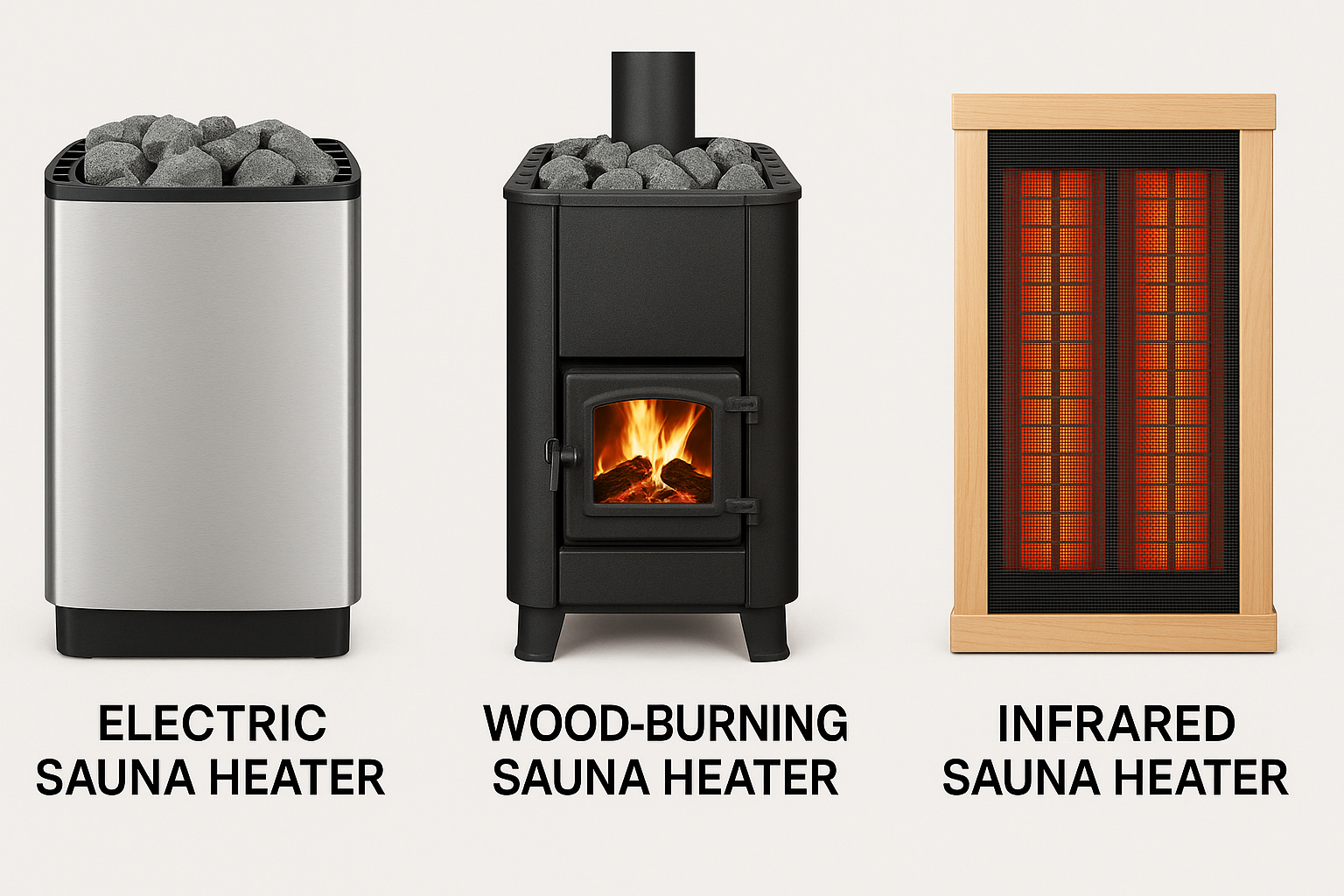
Ultimate Sauna Heater Guide: Selecting Your Ideal Heat Source
Introduction: Why the Right Sauna Heater Matters
Whether you're creating a relaxing retreat or upgrading your wellness setup, choosing the right sauna heater is essential. Your choice impacts heat quality, cost, maintenance, and the overall experience. In this complete guide, we’ll walk you through the pros, cons, and key considerations for electric, wood-burning, and infrared sauna heaters—helping you find your perfect match.
What Type of Sauna Heater Suits You?
Electric Sauna Heaters
Electric heaters are the most popular and versatile option for home and commercial saunas.
How They Work:
They use electric coils to heat stones that radiate heat into the air—perfect for dry or steam-enhanced sauna sessions.
Pros:
-
Easy to install and operate
-
Programmable controls and timers
-
Consistent, even heating
Cons:
-
Requires a dedicated 220 V circuit
-
Can be more expensive to operate than other types
-
Needs proper ventilation
Wood-Burning Sauna Heaters
If you’re seeking an authentic, rustic experience, wood-burning heaters offer tradition and charm.
How They Work:
These heaters use firewood to heat stones. Smoke is vented via a chimney, and the radiant heat creates the traditional “löyly” steam.
Pros:
-
No electricity required
-
Deep, natural heat
-
Immersive and authentic sauna feel
Cons:
-
Requires chimney installation
-
Fuel storage and ash cleanup
-
Slower to heat up and harder to control temperature
Infrared Sauna Heaters
Infrared heaters provide a modern, low-temp heat option that’s growing in popularity.
How They Work:
They use radiant heat panels to warm your body directly—no need to heat the air around you.
Pros:
-
Lower energy consumption
-
Great for small spaces and detox routines
-
Heats up quickly
Cons:
-
No steam or “löyly”
-
Not suitable for traditional sauna purists
-
Cannot pour water over heaters
How to Size Your Sauna Heater Properly
Choosing the right size heater ensures your sauna reaches optimal temperatures safely and efficiently.
Heater Sizing Rule:
You’ll need approximately 1 kW for every 45–50 cubic feet of space.
Example:
A 6’ x 6’ x 7’ sauna = 252 ft³ → Needs about 6 kW heater.
Consider Adjustments for:
-
Insulation: Poor insulation may require a higher kW
-
Glass Panels: Increase heater size by 15% for glass doors or windows
-
Outdoor Saunas: Consider weather exposure and heat retention
Installation Tips & Electrical Requirements
Electric & Infrared Heaters
-
Require a 220 V circuit with appropriate breaker sizing
-
Wire gauge typically ranges from 12/2 to 10/2 depending on distance
-
Ventilation: Include air intake near the floor and exhaust vent higher up
Wood-Burning Heaters
-
Install a chimney with safe clearance
-
Allow for firewood storage nearby
-
Ensure proper airflow to avoid smoke buildup
Always consult with a licensed electrician or installer to meet local codes and safety standards.
Energy Efficiency & Operating Costs
Infrared Heaters
-
Operate at 120–140°F
-
Lowest energy use (~1.6 kWh/hour)
Electric Heaters
-
Operate at 150–195°F
-
Moderate energy use (~6–9 kWh/hour)
Wood-Burning Heaters
-
No electricity, but use wood logs (cost varies by region)
-
Great for off-grid use
Eco Tip:
Wood can be sustainable if harvested responsibly, and infrared systems offer cost-effective, eco-friendly heating.
Voice Search: Common Buyer Questions Answered
Q: What heater do I need for my sauna?
A: Use 1 kW of power per 45–50 cubic feet. Factor in ceiling height, insulation, and glass surfaces.
Q: What’s better—electric or wood-burning sauna heaters?
A: Electric is convenient and programmable. Wood-burning is traditional and off-grid.
Q: Can I install a sauna heater myself?
A: Infrared and electric require professional electrical setup. Wood-burning units need chimney installation.
Conclusion & Next Steps
Now you’re equipped with everything you need to choose your ideal sauna heater. Whether you want fast, efficient heat from an electric unit, the soul-warming tradition of a wood-burning stove, or the wellness benefits of infrared therapy—there’s a perfect solution for you.
Explore Top-Rated Heaters Now:
Shop Sauna Heaters
Optional FAQs
Can I pour water over infrared heaters?
No—infrared heaters are dry systems and do not support steam use.
Do I need ventilation for an electric heater?
Yes—ventilation maintains air quality and supports proper heat circulation.
What is the best heater for a small indoor sauna?
Infrared or a compact electric heater are both excellent space-saving options.

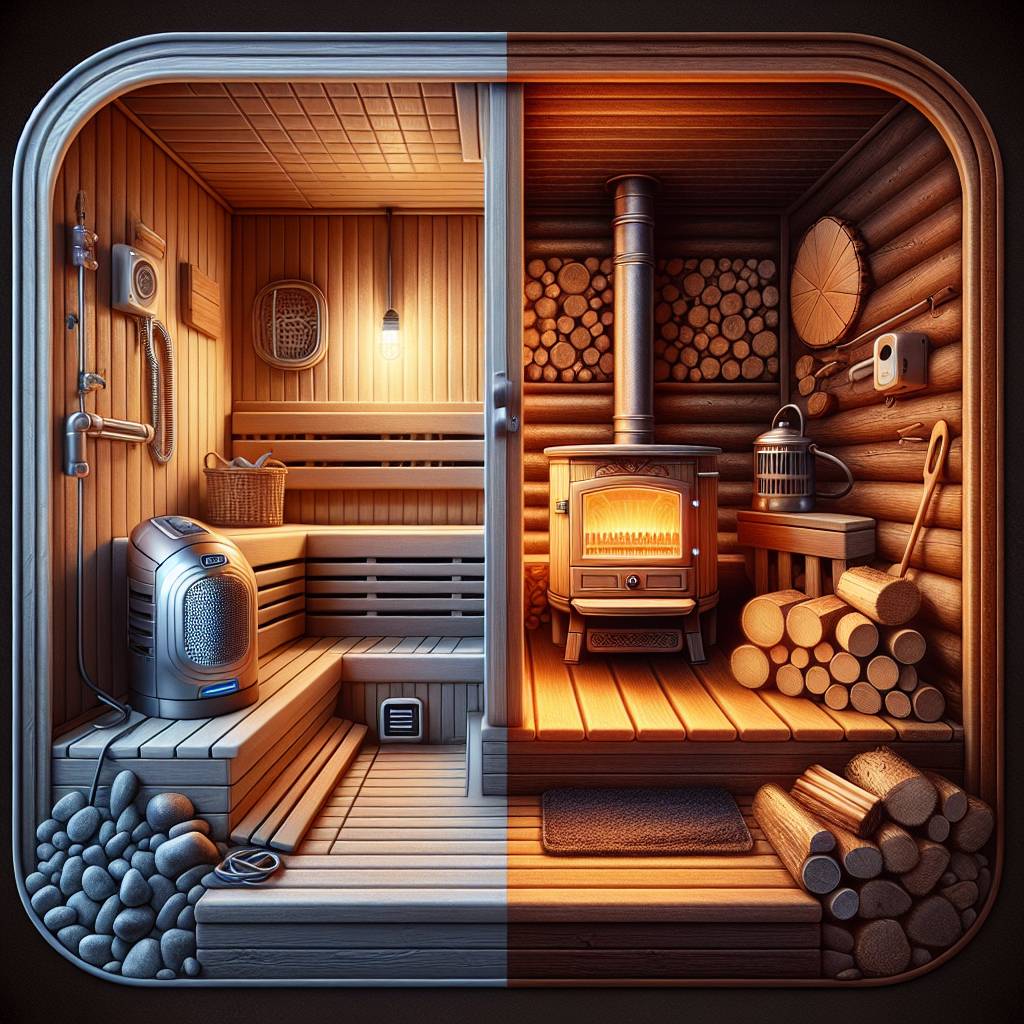
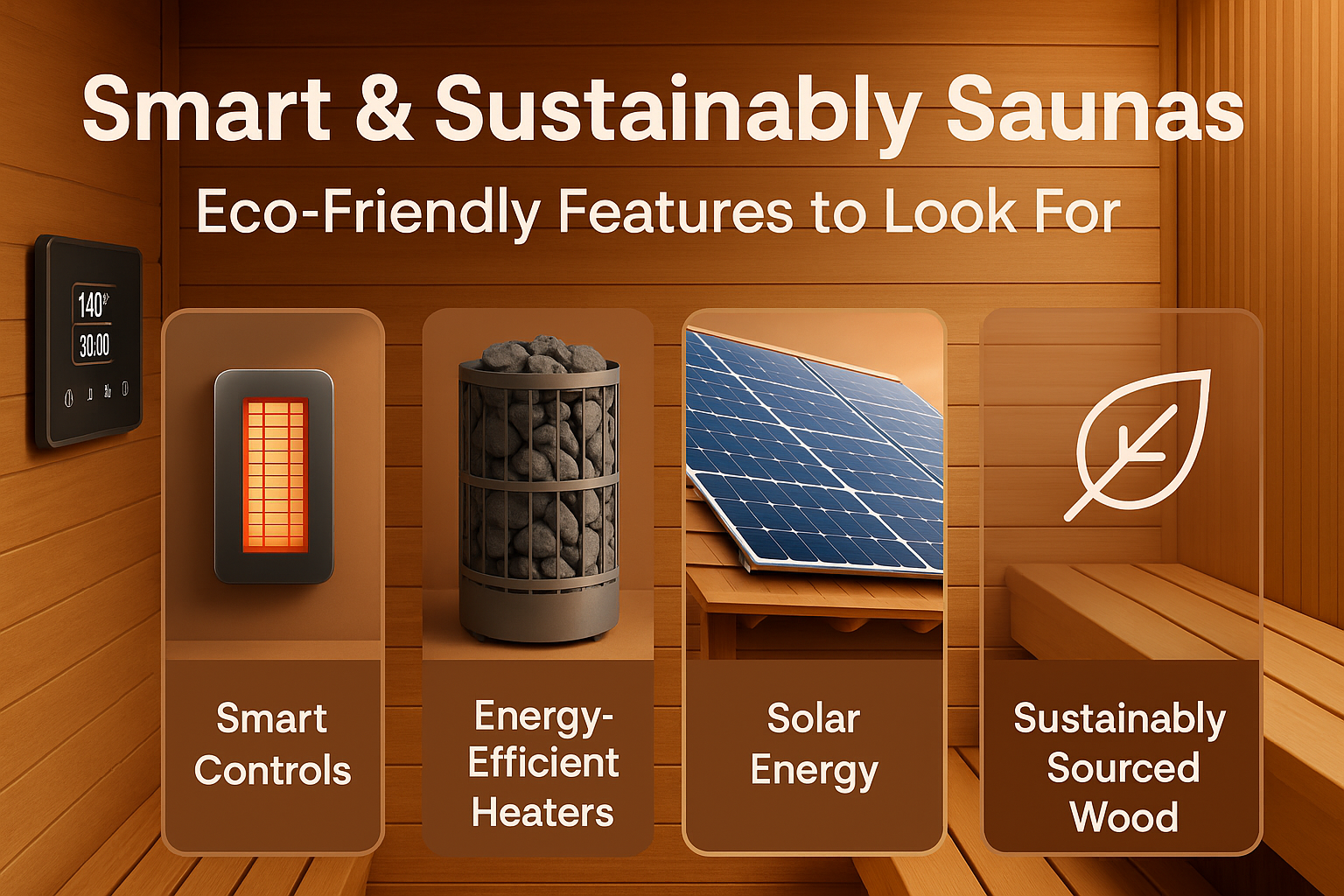

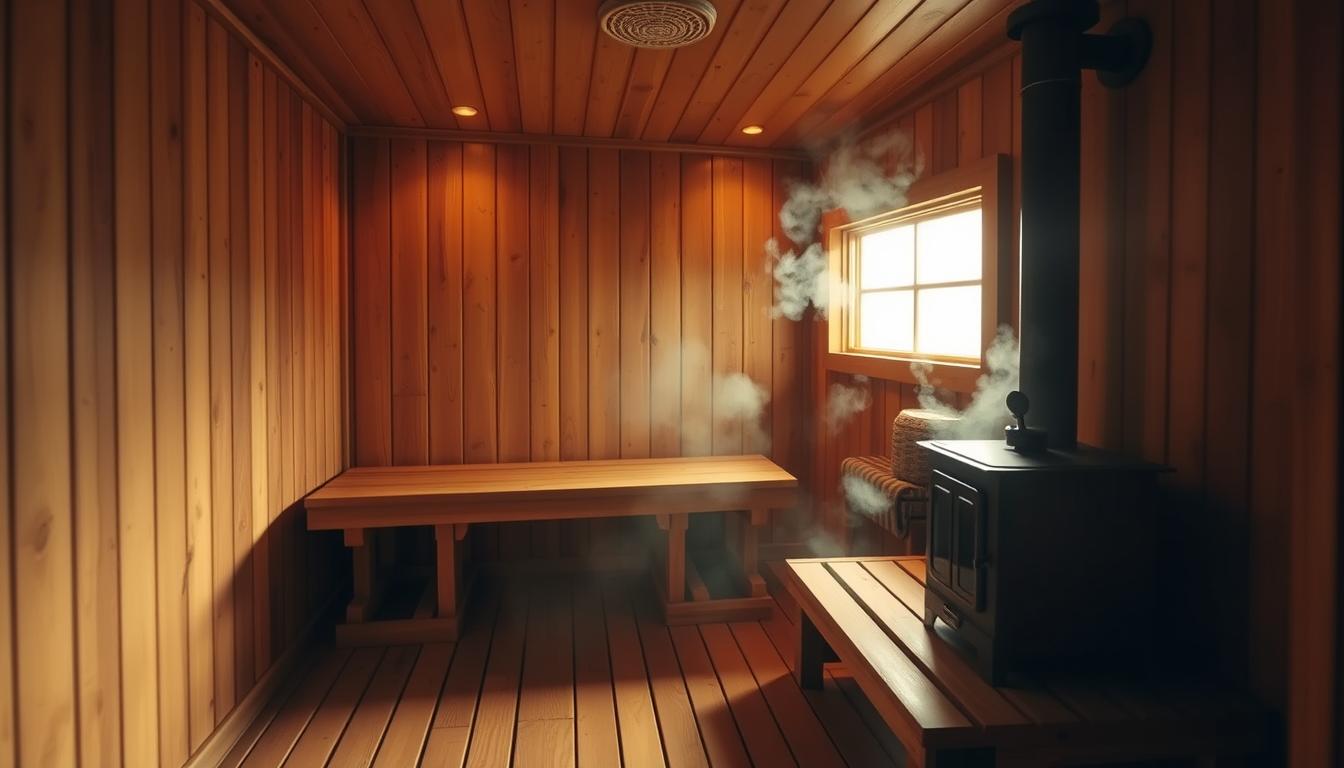
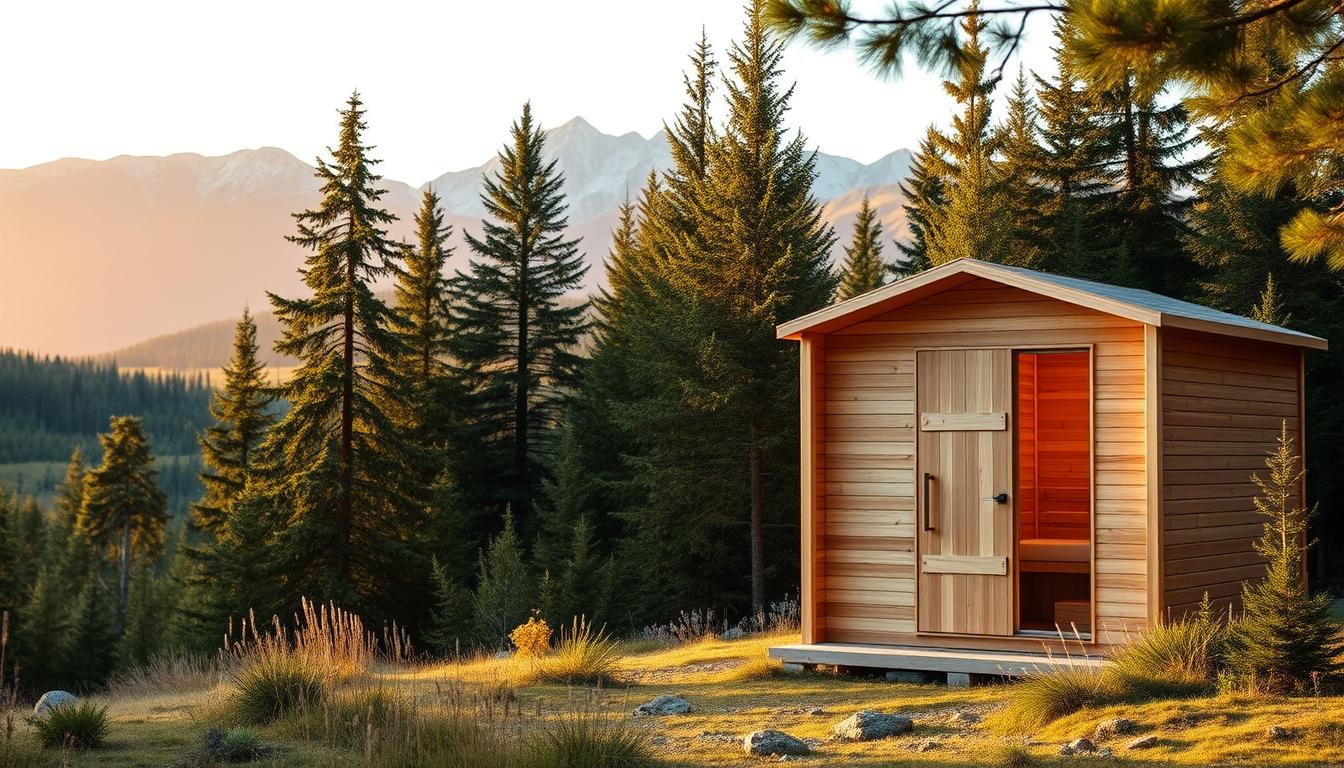
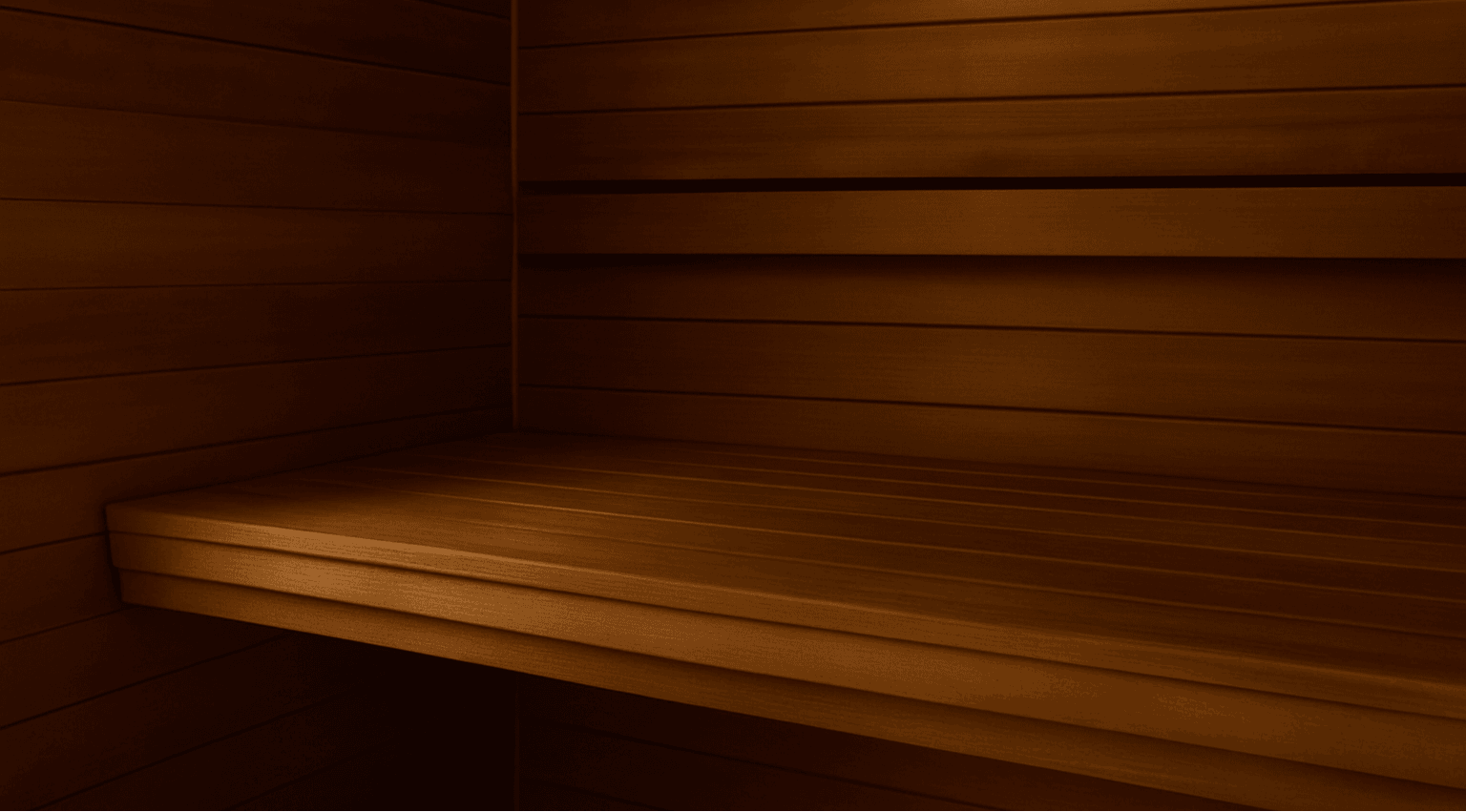
Leave a comment
This site is protected by hCaptcha and the hCaptcha Privacy Policy and Terms of Service apply.